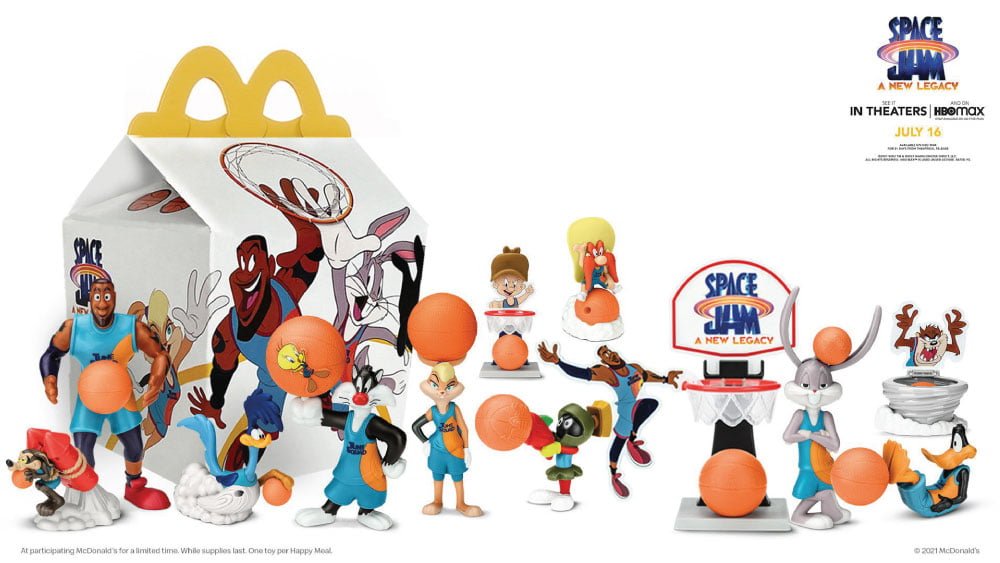It’s that time of the year again, the start of festive season inIndia. It also signifies the start of marketing overdrive for brandsto leverage the gamut of festivities.
Occasion based marketing has evolved over the years and now is anintegral part of all marketing campaigns, irrespective of the product category. Let’s look at why occasion-based marketing has become the hero it is.
From what my memory serves, it all began with Hallmark greeting cards. To drive more sales, they hyped up more days and occasions. Suddenly, Valentine’s Day was being celebrated everywhere and Father’s Day or Mother’s Day were now important occasions like festivals. While this was a marketing gimmick, why has it stuck? Why did it work?


An interesting fact about us as humans is that we behave in a particular way. There is a certain expectation on how we speak, how we dress, how we basically conduct ourselves. And day in and day out we stick to the rigmarole. Occasions, however, are the free ride to doing as we like. It is okay to do something you wouldn’t ordinarily do like dressing up as Jack Sparrow for Halloween or get excited to light firecrackers during Diwali.
And these are the exact emotions that brands are latching onto. Brands have taken these emotions, gift wrapped it and now there is something to celebrate daily. Which essentially means there is something to purchase from these brands. And some brands have done it so well they are now an integral part of our celebrations and we look forward to what they offer year on year.
De Beers and Valentine’s Day – A simple line that states A diamond is forever capturing the very essence of love and relationships and what it stands for. The brand became synonymous with all occasions that celebrate love.
Cadburys and Diwali – No Indian festivity is complete without mithai or sweetmeats. Pushing this envelope further and changing consumption patterns by replacing traditional sweets with chocolates, this was a game changer.


Fashion e-commerce and Navratri – E-commerce sites like Myntra and AJIO go all out prior Navratri with heavy discounts encouraging purchases of traditional and ethnic wear. With all of us succumbing to social media pressure and not wanting to repeat outfits, this works out nicely for all parties involved.
Limited edition toys and movie releases –Movies and their merchandise are a powerful brand force to reckon with. From limited edition toys coinciding with a movie’s release date like Walmart did with Star Wars or even Happy Meal toys that were based on the latest releases, kids are an important target audience for occasion-based campaigns.


One might ask what made companies make this change in their approach? From the earlier approach of running separate campaigns for products and thematic campaigns, this transition saved money. But more importantly, made the consumer see the brand beyond the basic product offering. Consumers are more open to purchase without looking at the price tag around an occasion. It made the brand more humane and relatable for the consumer. It also gave the brands an opportunity to stand for more than what it is.
Occasion based marketing is like traditional marketing in the sense that every brand is vying for more eyeballs and a larger slice of the pie. They are just finding creative outlets to do the same.



